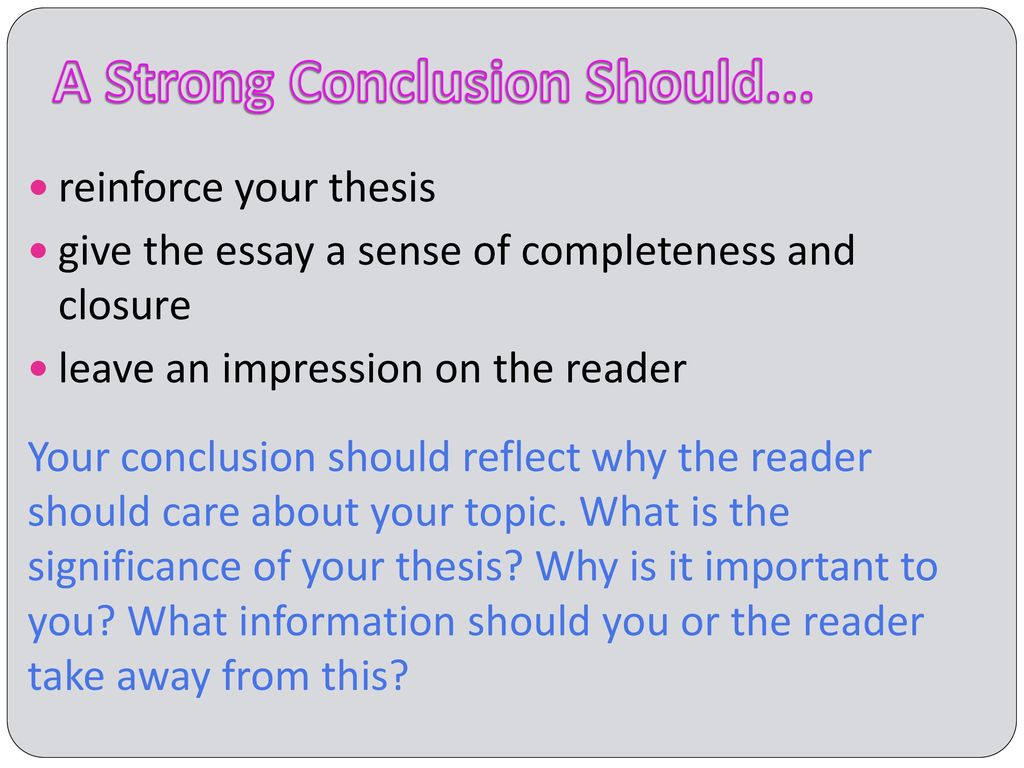When learning how to write a reflective essay, there are some things you should keep in mind. Besides using descriptive language, a good reflective essay should also begin with a strong thesis statement. The main argument can be outlined with at least three points that support the opinion of the author. These points should be supported with evidence. Finally, it should be written from the first person perspective. You can find many examples of reflective essays on the Internet.
Choosing a topic
Choosing a topic for a reflective paper can be a challenging task, especially if you’ve never written one before. To choose a topic for your essay, brainstorm, make a list, or mind map. If you don’t know what to write about, use illustrations to help you narrow down your choices. Regardless of what you decide to write about, remember that the point of the essay is to provide the reader with insight into what you’ve been thinking.
Reflective essays often focus on the personal experience of the writer. They are a great way to explore the impact of a certain experience and how it has shaped your life. Because they are so personal, they must draw the reader in and make them feel like they’re truly a part of the experience. Reflective essays are often personal in nature, and they require deep thinking and a sense of meaning.
Outlining your essay
Outlining your reflective essay is an important step in writing this type of essay. An outline will allow you to organize your thoughts and ensure that your essay will flow well. A helpful way to organize your ideas is to divide your main theme into three categories: the main idea, the analysis of the event, and your personal opinion. After completing each section of the outline, you can begin writing your final essay. After you have completed this stage, take a break.
A thesis statement is a short statement that summarizes the main idea of your essay. It should be the first statement you write, and it should grab the reader’s attention. You can refer to thesis statement examples to create an interesting beginning. A thesis statement should be a few sentences long, and it should not reveal too much information. For an effective thesis statement, make sure your topic sentence is a direct comparison to the main idea.
Including sources of information
Using sources of information in a reflective essay can provide a broader perspective on the experience. While an essay doesn’t have to be linear, including sources of information can add a greater depth to the piece. Sources of information can be personal, professional, or both. Including a quote or two will encourage readers to read further. However, sources should be noted for legality purposes. Here are some guidelines for including sources of information in a reflective essay.
A reflective essay’s body should provide background information on the subject. In the first part of the essay, summarize key readings and narrate what you learned from these sources. It’s important not to go into too much detail here, but to give the reader enough information to determine where you learned the most from these sources. Use a citation style appropriate to your academic discipline. Once you have the information you need, write the body of the paper.
Using a first-person perspective
While constructing your essay, it is essential to keep the personal perspective. Reflective writing is an attempt to share a personal experience, which must have changed or impacted you. When writing a reflective essay, make sure that you follow the formula outline that is outlined below. It is important that your reflective essay has a personal impact and follows the formula. For example, if you are writing about a trip that you took as a child, you should write about that.
Using a first-person perspective when you write a reflective essay will enable you to capture a specific moment and explain your reactions and feelings. You should also evaluate what you learned and evaluate what you have experienced. A reflective essay should include an evaluation of what you experienced, as well as the lesson that you learned as a result. It must also be clear and concise, so the reader can follow your thought process.
Writing a conclusion
The conclusion of a reflective essay should summarize all the points discussed in the body of the essay and the learnings you have gained. These should include reasons why you changed your behavior or approach in a specific situation, problem-solving skills you acquired, and steps you took to consolidate your learning. The conclusion should also be focused on how you will use the learnings you’ve gained in future situations. To make your reflective essay more interesting to the reader, include a summary of the main themes of the essay and the learnings you derived from them.
While writing a reflective essay, you should bear in mind the format required by the professor. A reflective essay should be formatted according to the APA or MLA style. Make sure to use the APA template for your essay. Use the format as closely as possible and don’t stray from it. You can also follow a sample format provided by the professor. Lastly, don’t forget to include the hook.






